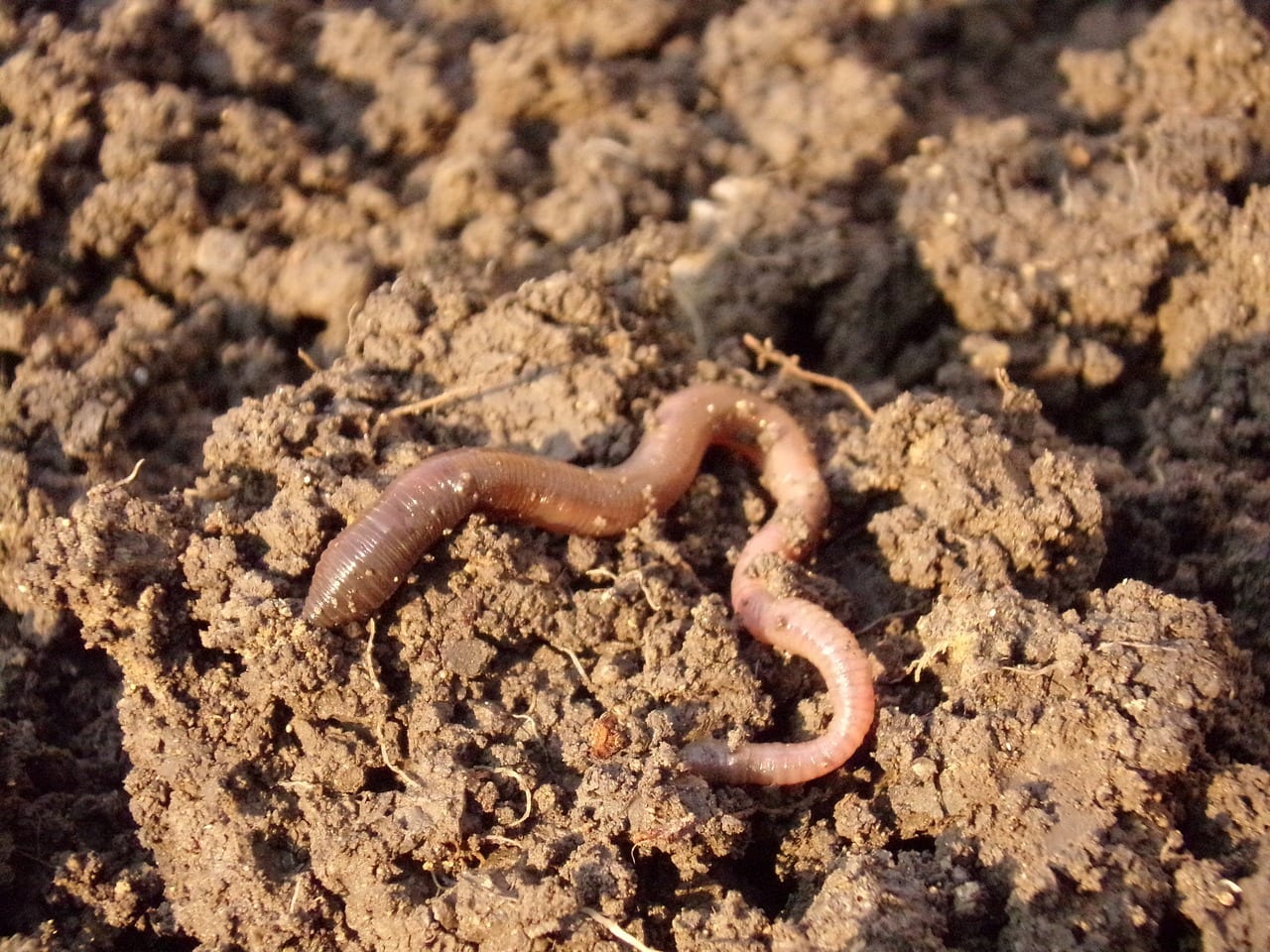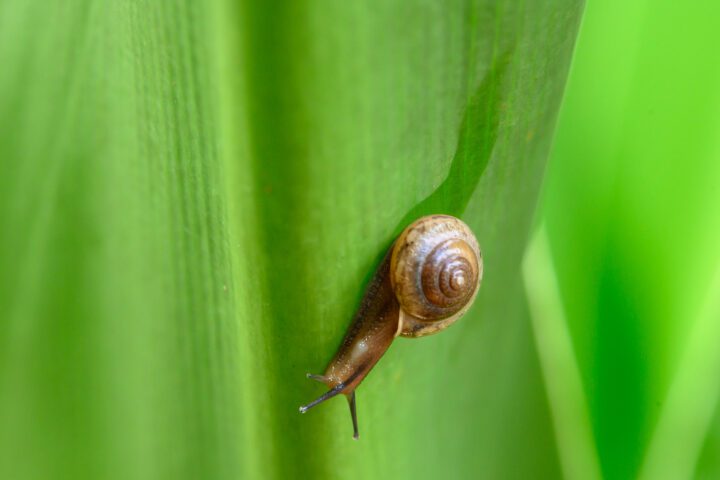The soft, fluid-filled flexible body of the earthworm enables it to burrow through soil using its unique set of muscles and internal fluid to maintain shape.
Introduction
Earthworms are commonly found in healthy soils, whether it’s your backyard or a grassland. They are soft, slimy tube-shaped organisms without a skeleton or limbs. Earthworms are decomposers that add air and disperse nutrients in the soil as they burrow. As decomposers, they consume dead organic material such as leaves and roots. After consuming the material, they break it down and excrete it as nutrients. The spreading of nutrients enhances the health of the soil, benefitting the earthworm’s community of living organisms.
The Strategy
The soft, flexible body of the earthworm is divided into segments, which allows it to easily move through the soil to find food. The earthworm’s body is also known as a hydrostatic skeleton, which is a flexible skeleton filled with fluid. A common earthworm (L. terrestris ) can range from 110-200 mm in length with anywhere from 135-150 segments in its body. Each segment of the worm’s body contains muscles that work independently of every other segment. The internal walls separate the segments and are lined with circular and longitudinal muscles. Circular muscles are wrapped around the circumference of each segment Longitudinal muscles extend down the length of each segment. The muscles create a soft barrier between segments, allowing the segments to be controlled independently. Inside each segment, there is fluid that holds the segment’s shape. As the earthworm burrows, it squeezes into tightly packed soil. This creates a high-pressure environment that could damage the worm. However, the fluid inside the segments helps prevent damage to the earthworm. Fluid cannot change volume because the molecules in the fluid are very close together. The high-pressure environment cannot press the molecules even closer, thus maintaining the earthworm’s shape.
During an earthworm’s movement, circular and longitudinal muscles take turns contracting. To move forward, circular muscles in the front of the body contract. Contracting those muscles makes the segments thinner and longer, allowing the worm to reach forward. The earthworm also relies on anchors, called setae, which are short stiff hairs that can hold onto the soil. Setae extend out of the skin and hold the front of its body to the soil. Once anchored, longitudinal muscles in the front of the body contract. Contracting those muscles makes the segments shorter and fatter. The front of the body shortens, pulling the back of the body forward. Then setae from the front of the body retract and the setae in the back of the body anchor to the soil. The process repeats itself as the earthworm makes its way through the soil. The movement of the earthworm is wave-like, as muscles take turns lengthening and then shortening.
To watch a video of an earthworm in action, see this video from Encyclopedia Britannica, or the video from Shape of Life embedded below.
This video from Shape of Life discusses the ecological role of earthworms as decomposers and demonstrates how they move and burrow.
The Potential
An earthworm has a special ability to crawl through tight spaces. Humans have designed robots to mimic this crawling motion. These robots could be made to burrow deep underground and distribute materials or test underground conditions quickly without the need to dig large holes.
This strategy was contributed by Sue White and edited by Natalie Chen.








